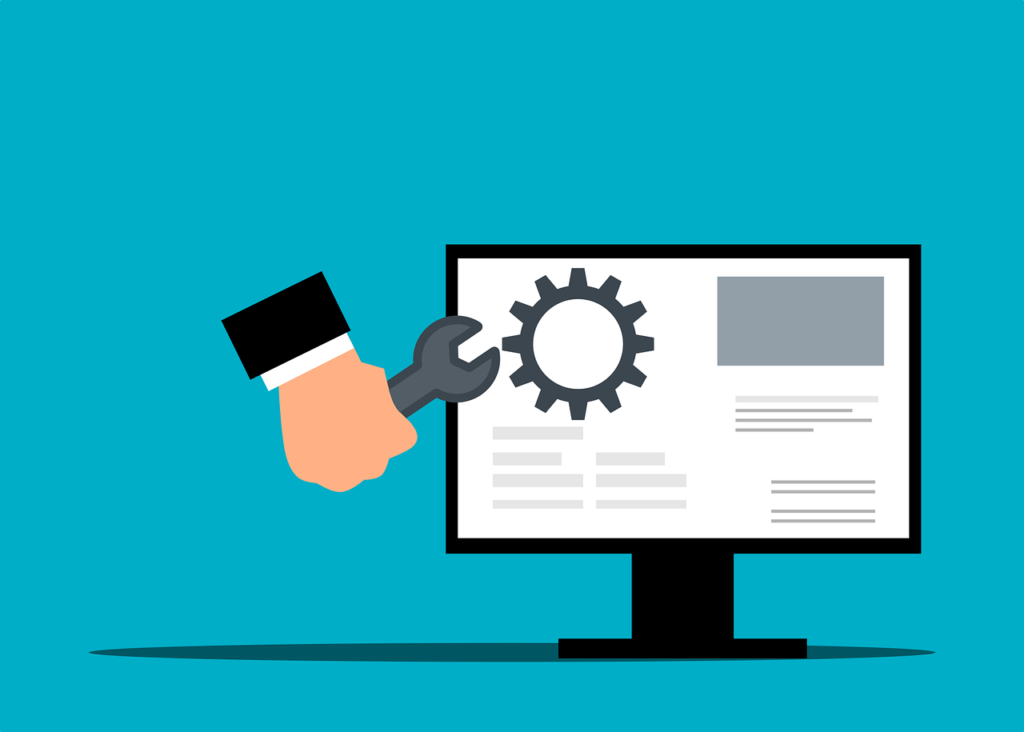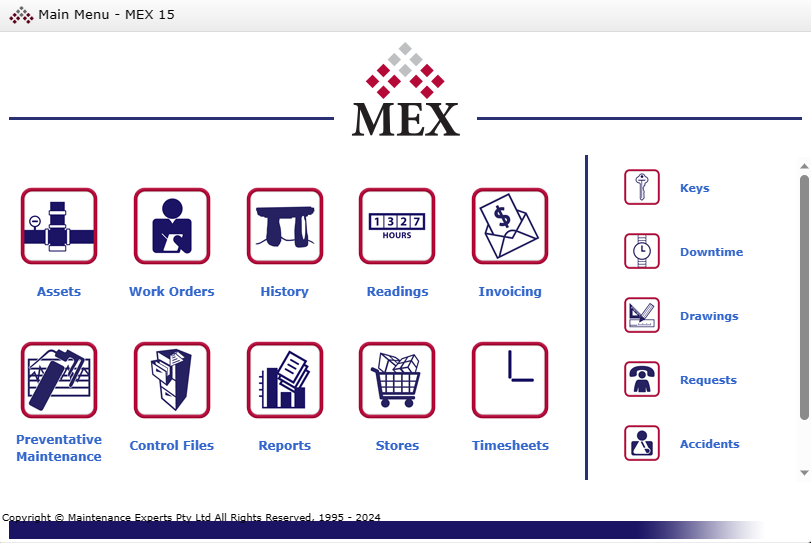In today’s fast-paced business environment, staying competitive requires a commitment to efficiency and productivity. One of the most effective ways to achieve this is through CMMS (Computerized Maintenance Management System) implementation. Whether you run a manufacturing facility, a hospital, or a property management company, CMMS can revolutionize your maintenance operations. In this post, we’ll explore the benefits of CMMS and how it can transform your organization.
What is CMMS Implementation?
CMMS implementation is the process of integrating a comprehensive maintenance management software system into your organization’s workflow. This software streamlines maintenance tasks, asset management, work order scheduling, and reporting, resulting in smoother operations and substantial cost savings.
Key Benefits of CMMS:
- Preventive Maintenance: CMMS allows you to schedule maintenance tasks proactively, reducing unplanned downtime and costly emergency repairs.
- Asset Management: Gain complete control over your assets, from equipment and machinery to facilities and infrastructure.
- Work Order Management: Easily create, assign, and track work orders to ensure that tasks are completed efficiently and on time.
- Inventory Control: Manage spare parts and inventory levels effectively, preventing overstocking or shortages.
- Compliance and Reporting: Generate detailed reports for compliance purposes and data-driven decision-making.
- Cost Savings: Optimizes your maintenance budget by identifying areas to allocate resources more effectively.
Steps to Successful CMMS Implementation:
- Assessment: Evaluate your current maintenance processes and identify areas that need improvement.
- Vendor Selection: Choose a reliable CMMS software provider that suits your organization’s needs so that you can get all the support for implementation.
- Customization: Tailor the CMMS to match your specific requirements and workflows.
- Training: Ensure your team’s training to use the system effectively.
- Data Migration: Transfer existing maintenance data into the new CMMS.
- Testing: Thoroughly test the CMMS to iron out any issues before full implementation because you do not want errors in Master Data.
- Launch: Roll out the CMMS across your organization, and monitor its performance.
Conclusion:
CMMS is a game-changer for businesses seeking to optimize maintenance operations, reduce costs, and boost productivity. By investing in this powerful tool, you’re future-proofing your organization and positioning it for success in today’s competitive landscape.


